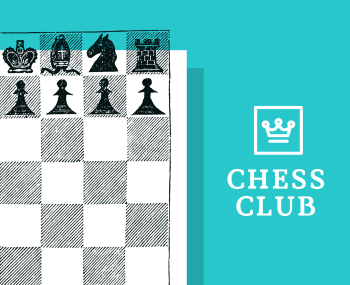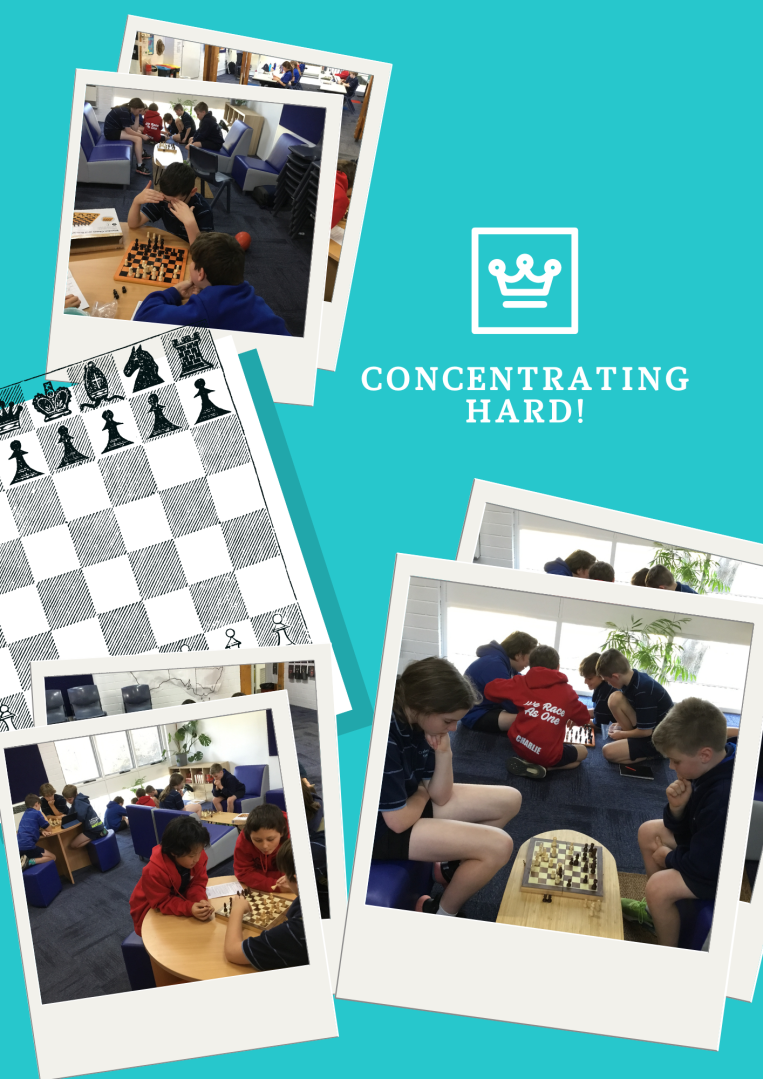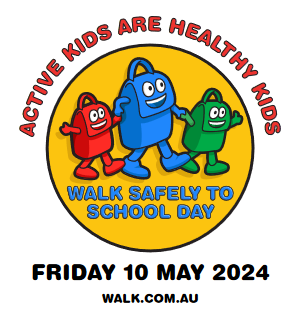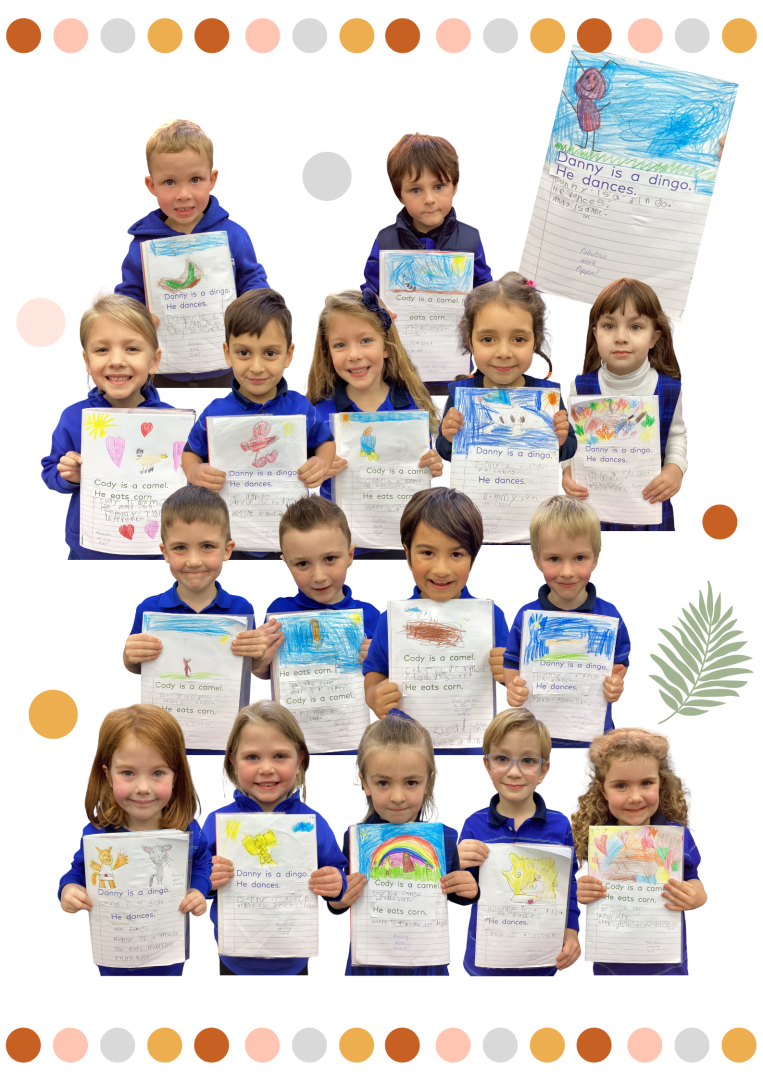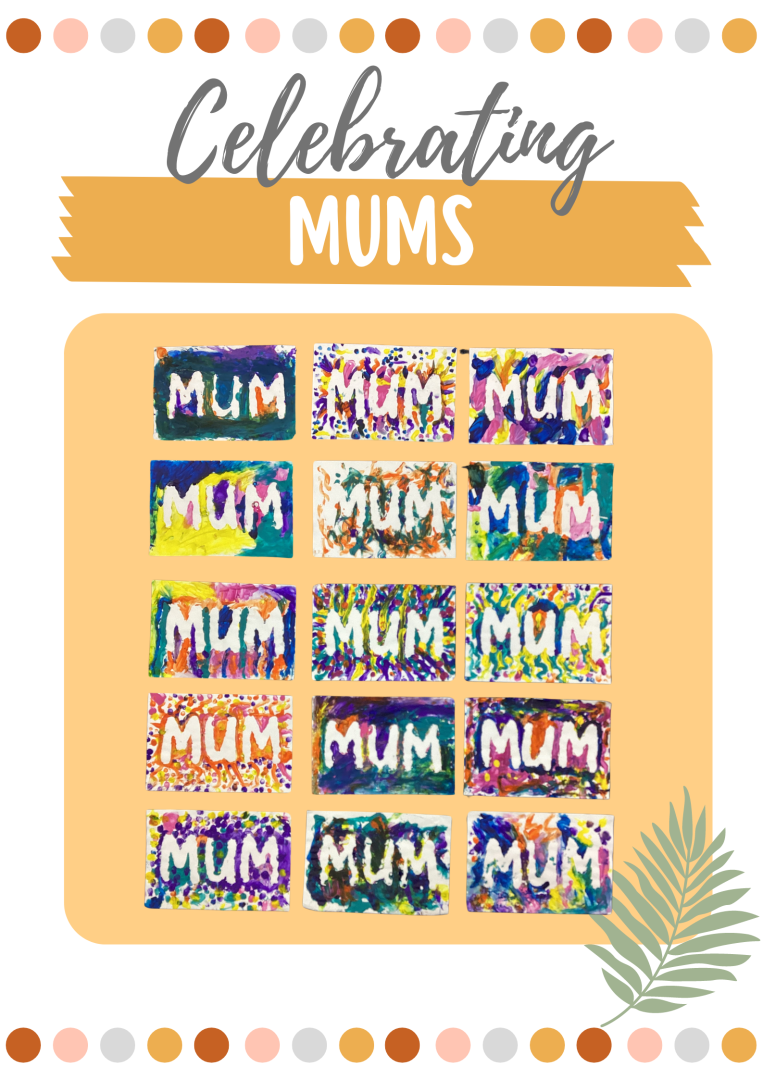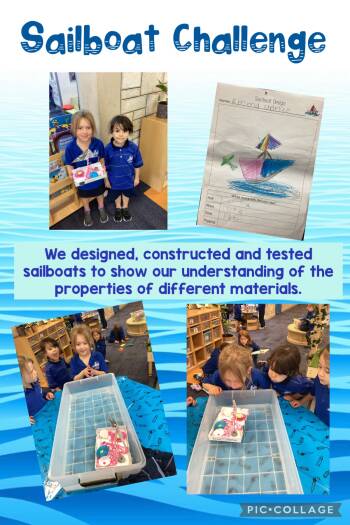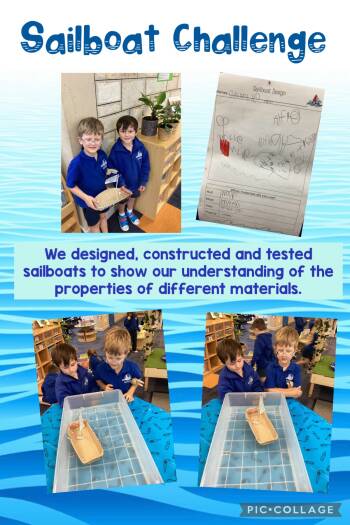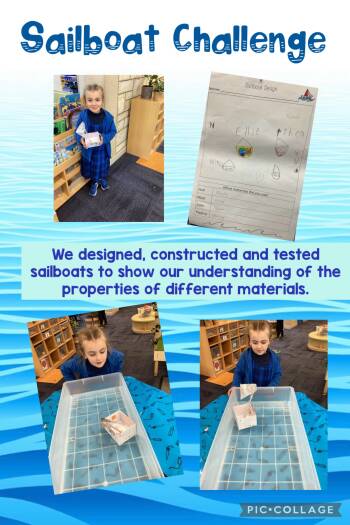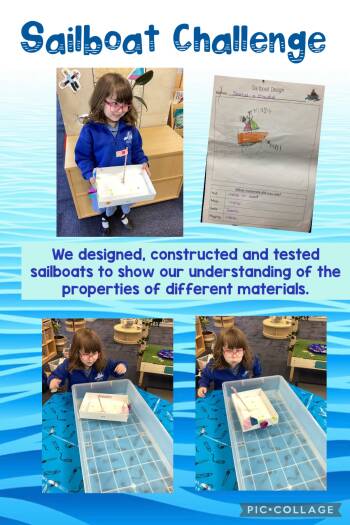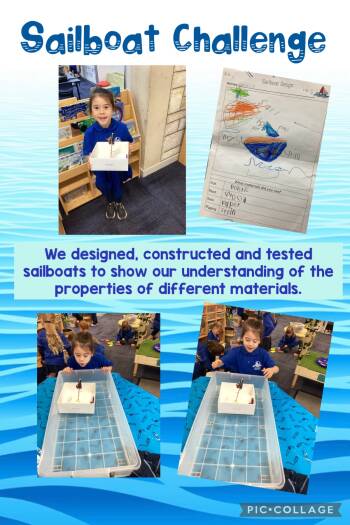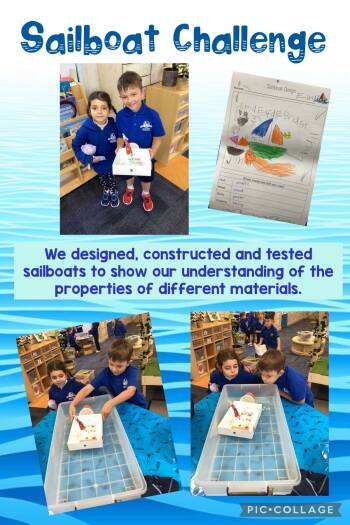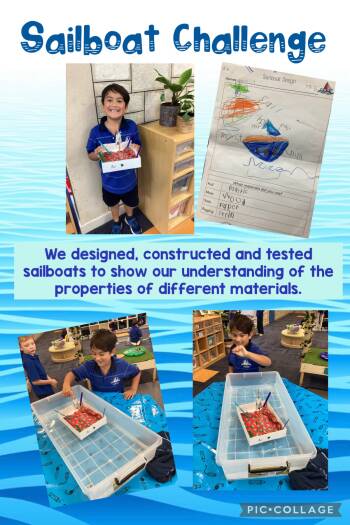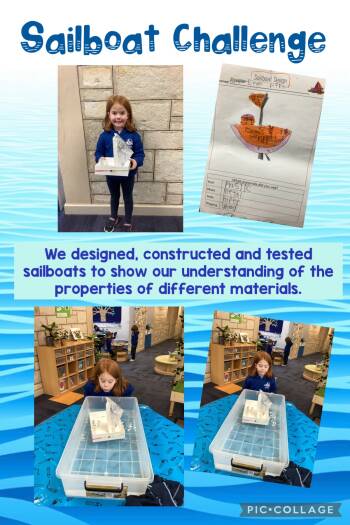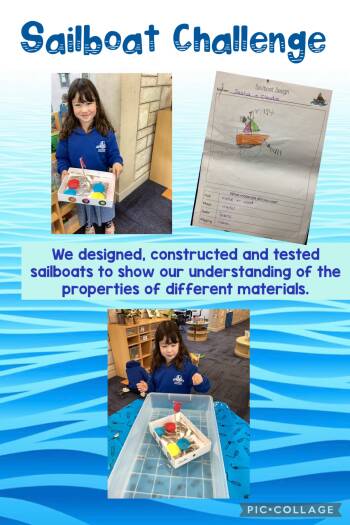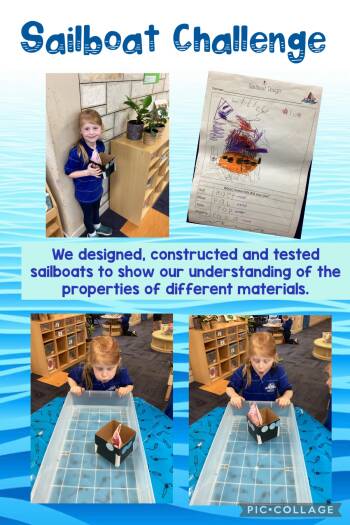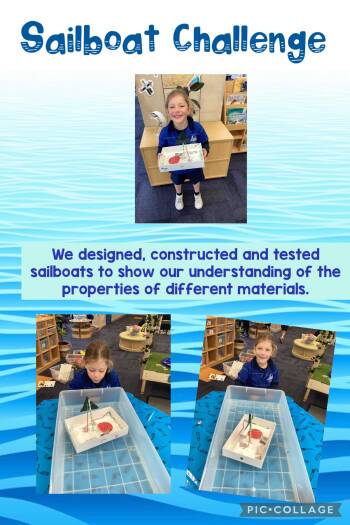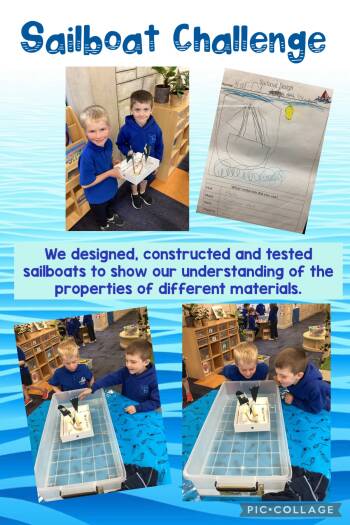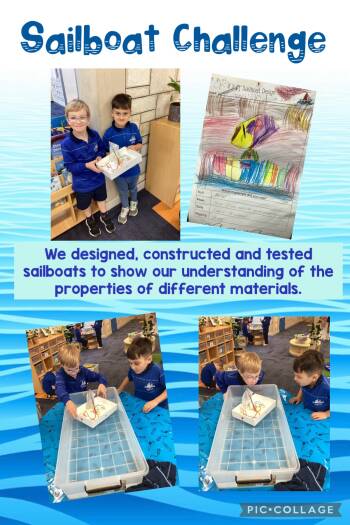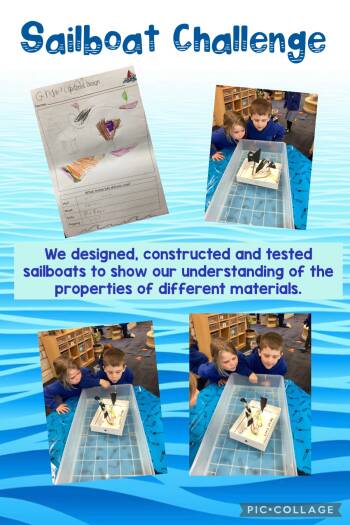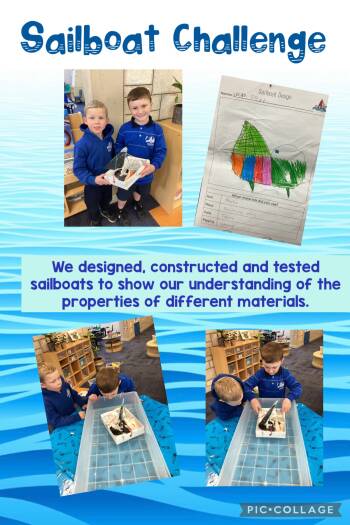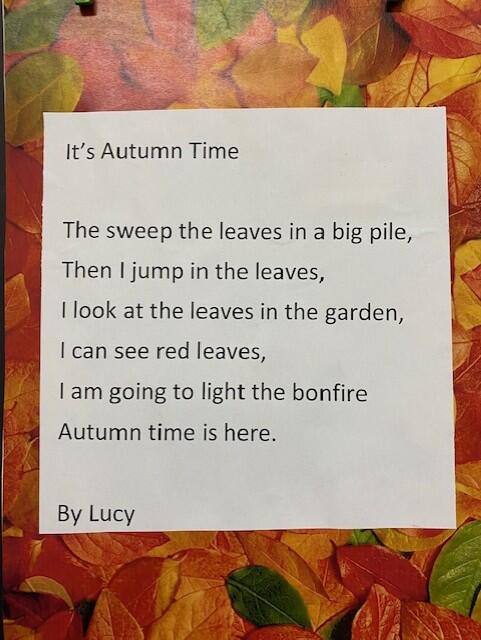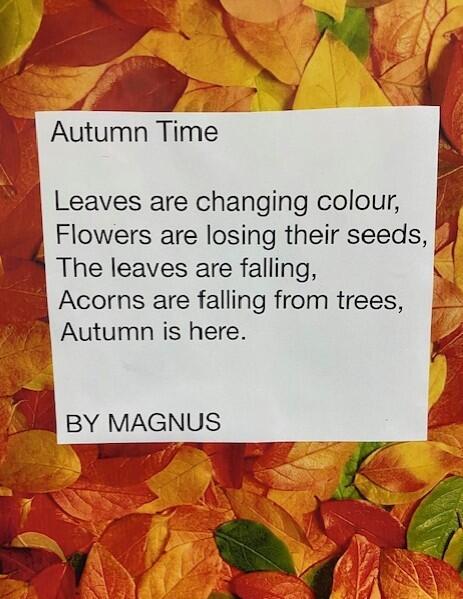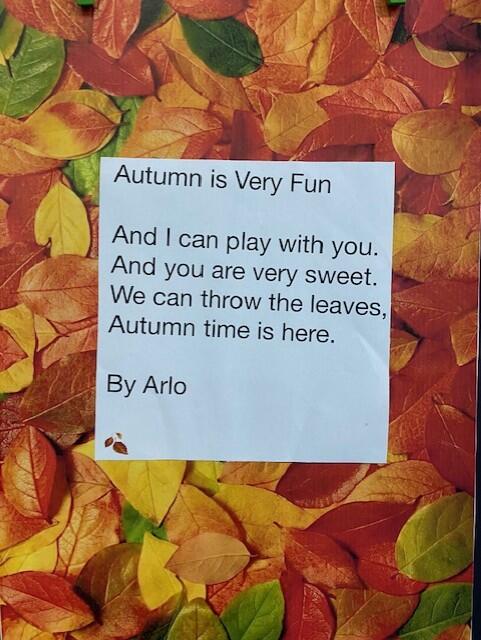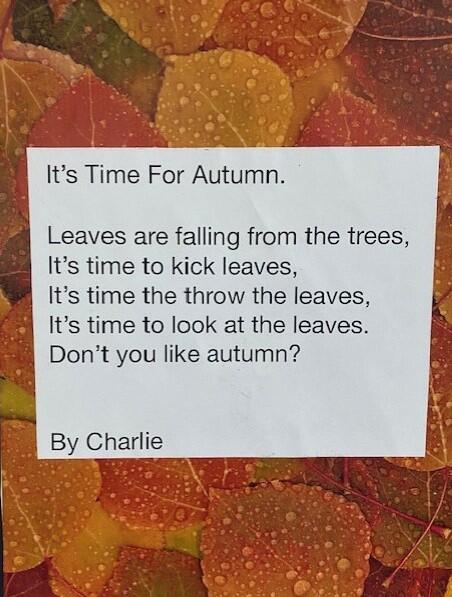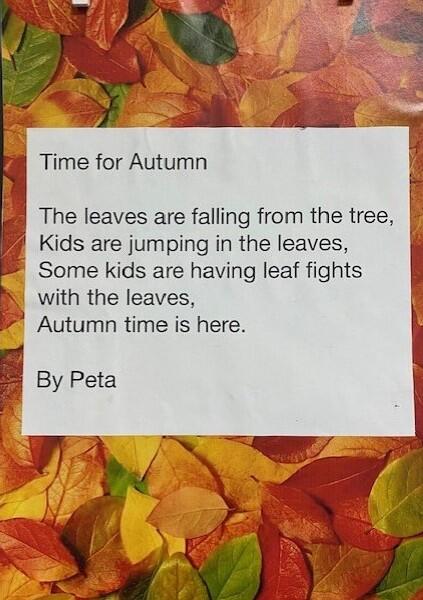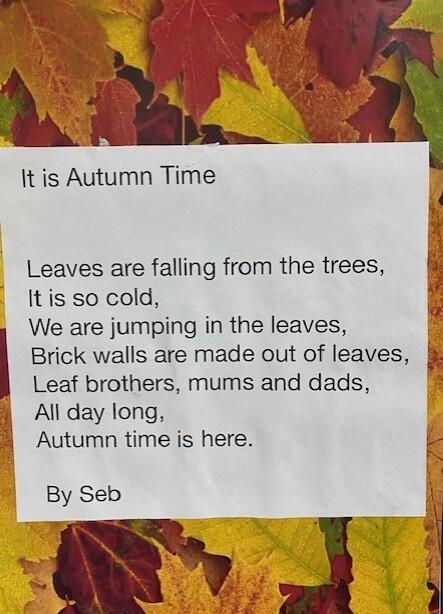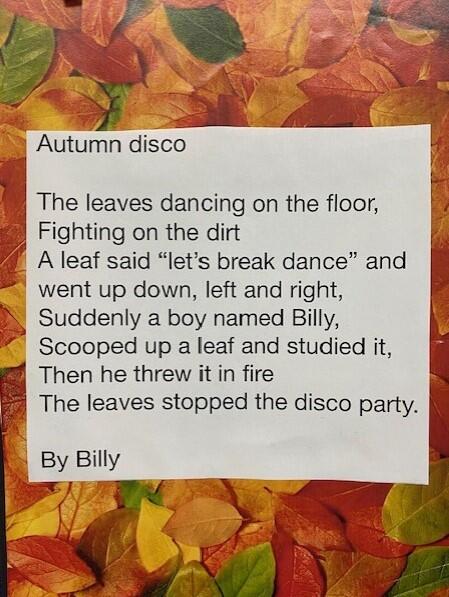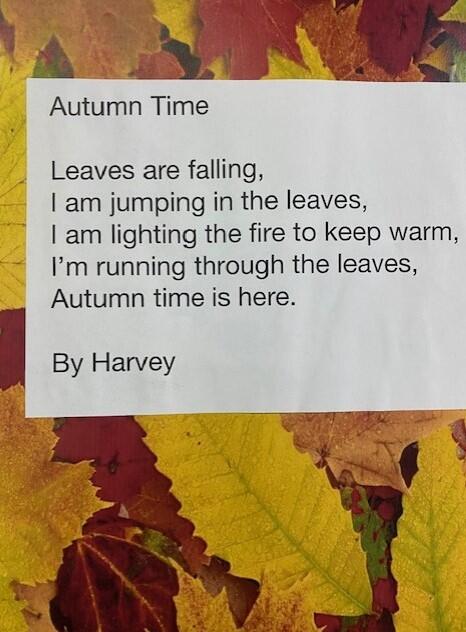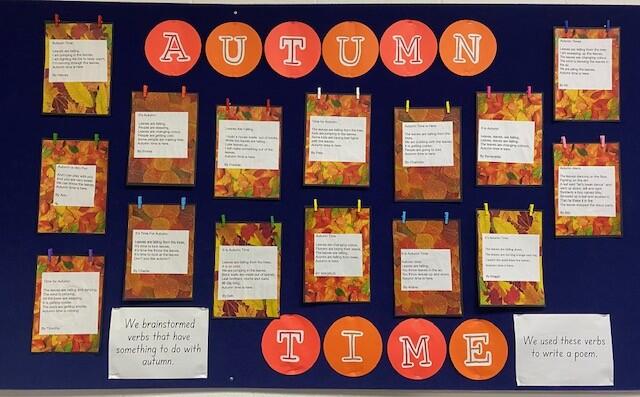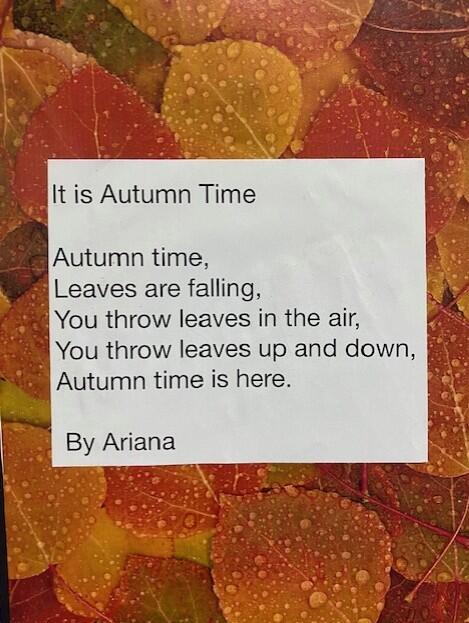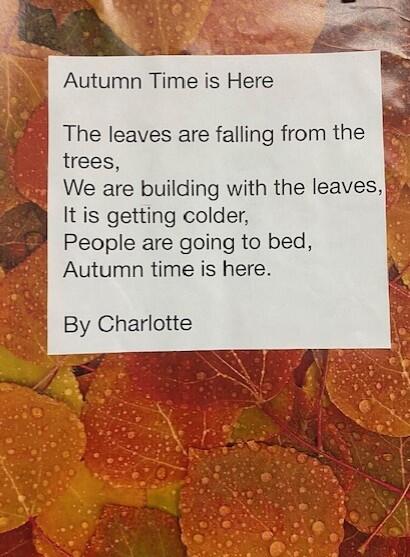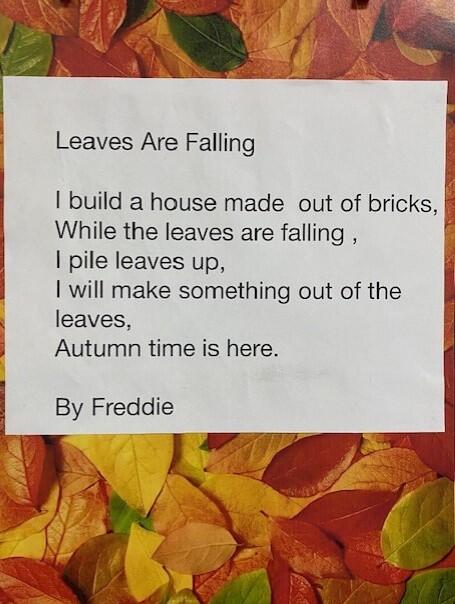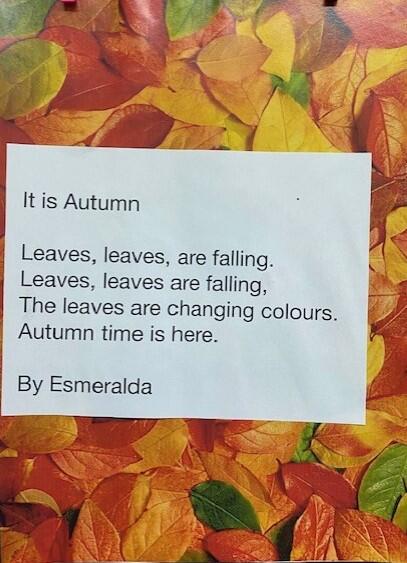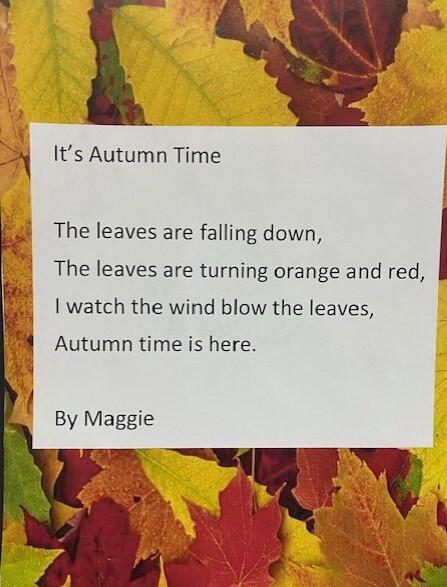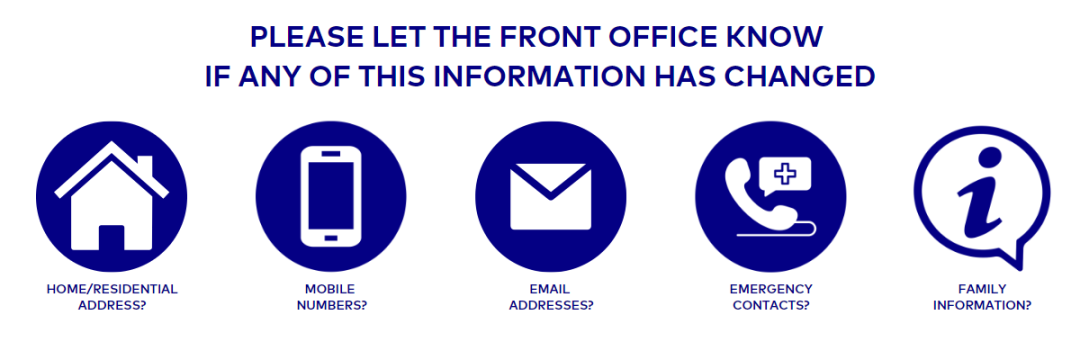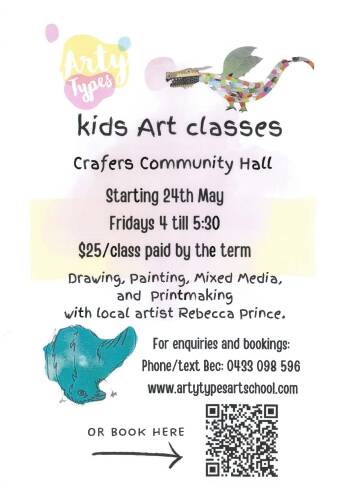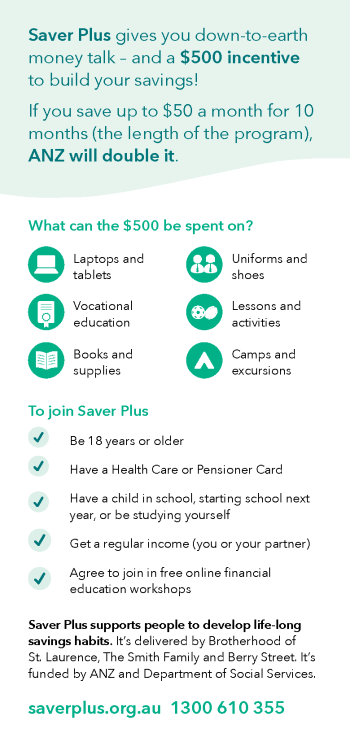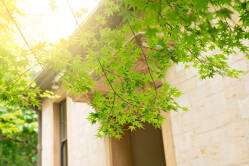Dear Parents and Caregivers
What a tremendous beginning we have had to Term 2. Our Parents and Friends have been out in full force hosting our Walk Safely to School event and our Mothers’ Day Breakfast. The P&F are incredibly generous with their time and somehow seem to do everything just that bit better every time! Meanwhile another group of parents have been madly supporting this year’s Pedal Prix team, training and practising in readiness for this weekend’s race at Tailem Bend. We wish them the best of luck and hope for a speedy and smooth day racing.
Whilst our community and extra curricula activities continue, so too do we in the ‘inner’ school space. This year, for the first time, we have created a Wellbeing Team. On this team we have Kim Atkinson, our Autism Inclusion Teacher, Katie Hesketh-Smith, our Specialist Health teacher, Amy Hepple, our Pastoral Care Worker, Ashley Bell, one of our 5/6 teachers and me. In this capacity we are focusing on initiatives and teaching to promote wellbeing, especially in the space of creating a sense of belonging for the children and how we positively interact with others. To date, we have established a lunchtime Wellbeing group who participate in directed activities that relate (currently) to feelings and emotions. This week, the group have been painting pebbles around the school for other children to find just to experience the joy. Additionally, we have started both a Chess Club and a Gardening Club. There is a range of children participating in these to date and we expect this grow and evolve. We are also working alongside the Student Leadership Team, to support their initiatives and ideas. There is more to come about this in our next newsletter, but I will leave it to our Student Leaders to tell their story!
On Monday, our Pupil Free Day, we attended Professional Development about the importance of Place Value in Mathematics. This was delivered by Dr Ange Rogers. One of the take aways from this day (of which there were many) included how long it actually takes to teach and for children to understand numbers 1-20, in a complete sense – so much more than counting. We had first-hand experience of the challenges of abstract numbers when we were asked to count and create a number grid using base 4 instead base 10 with which we are all familiar (what does that even mean I hear people ask). The learning for us was understanding the experience of the children as they learn things like 9 ones become one 10. If this sounds confusing, it is! We hope to share more of what we have learned particularly with the Junior Primary community in time to come, but if you’re inclined, talk with your children about what they are learning in Mathematics in class – articulating the learning is a great tool!
Kind regards
Chan




